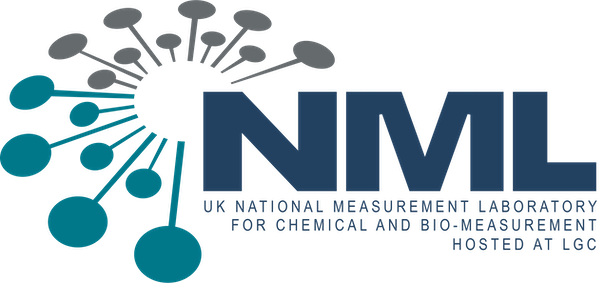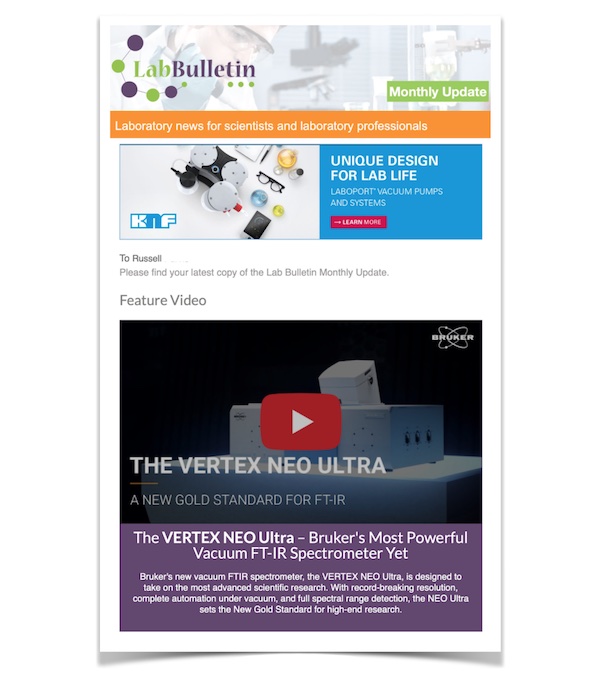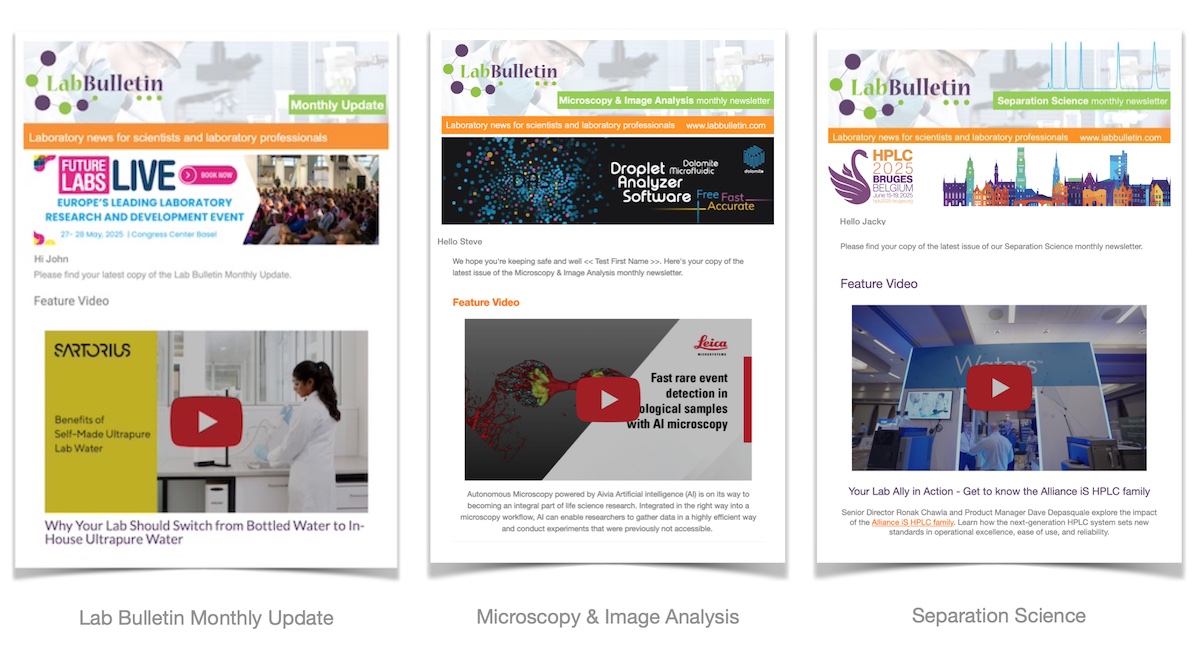Members Login

Channels
Special Offers & Promotions
Measurement science improves standardisation of SARS-CoV-2 quantification

An international group of scientists, led by the National Measurement Laboratory for Chemical and Bio-Measurement team at LGC, has investigated quantitative reproducibility of SARS-CoV-2 analysis and how setting diagnostic cut-offs may alter the clinical sensitivity of COVID-19 testing.
This analysis is vital to understanding potential discrepancies in measured viral burden used to manage the CoVid-19 pandemic.
Quantitative SARS-CoV-2 RNA distributions (measured using the PCR quantification cycle Cq or cycle threshold Ct) from more than 6000 patients from three clinical laboratories in UK, Belgium and the Republic of Korea, were analysed to assess the impact of Cq/Ct cut-offs on clinical sensitivity.
Results of the analysis, undertaken in collaboration with clinical test providers and the measurement and standardisation community – and just published in a paper in Clinical Chemistry suggest that, while Cq/Ct values may be useful in epidemiological assessments of COVID-19 populations, they should not be used in isolation as a quantitative measure for individual patient stratification or in diagnostic target product profiles (TPPs) to set analytical performance targets: calibrated copy-based units offer more reproducible alternatives.
Dr. Jim Huggett, Corresponding Author of the paper, a Science Fellow at the National Measurement Laboratory at LGC and Visiting Professor at the University of Surrey, said, “While RT-qPCR has been instrumental in the response to COVID-19, using it to quantify viral burden requires some consideration.
For example, a given Cq can differ between laboratories by >1000 fold in the actual quantity of virus being measured, potentially leading to different clinical conclusions when dealing with the same patient.
This is further complicated by the different distributions of viral quantities observed within the three populations, which may be related to the stage of the pandemic at which samples were taken. Such considerations may be important when evaluating diagnostic tests and when they are deployed. Large numbers of previously positive patients being told they do not have the virus, when they do,is especially relevant to the emergency situation of an evolving pandemic.”
The paper recommends copy-based units, calibrated to appropriate standards, should be explored and applied when quantifying viral burden and describing assay performance – as they are in other areas of clinical virology. It is vital, therefore, that rapid production of standards is an integral part of the early response plan to a new epidemic to ensure the most accurate diagnostic response. As such, a range of reference standards for SARS-CoV-2 is now available for calibrating Cq values to copy-based units.
Media Partners


